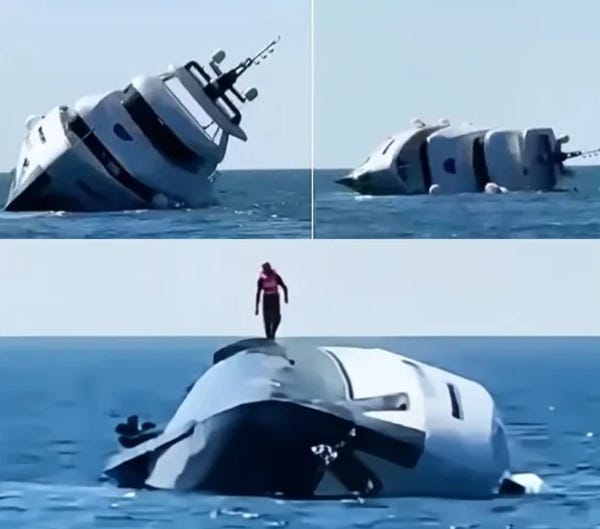Launch-Failure Déjà Vu
THOSE WHO FAIL TO PAY ATTENTION TO HISTORY ARE DESTINED TO REPEAT IT.

Keep reading with a 7-day free trial
Subscribe to For Yacht Builders, Buyers, and Owners to keep reading this post and get 7 days of free access to the full post archives.


